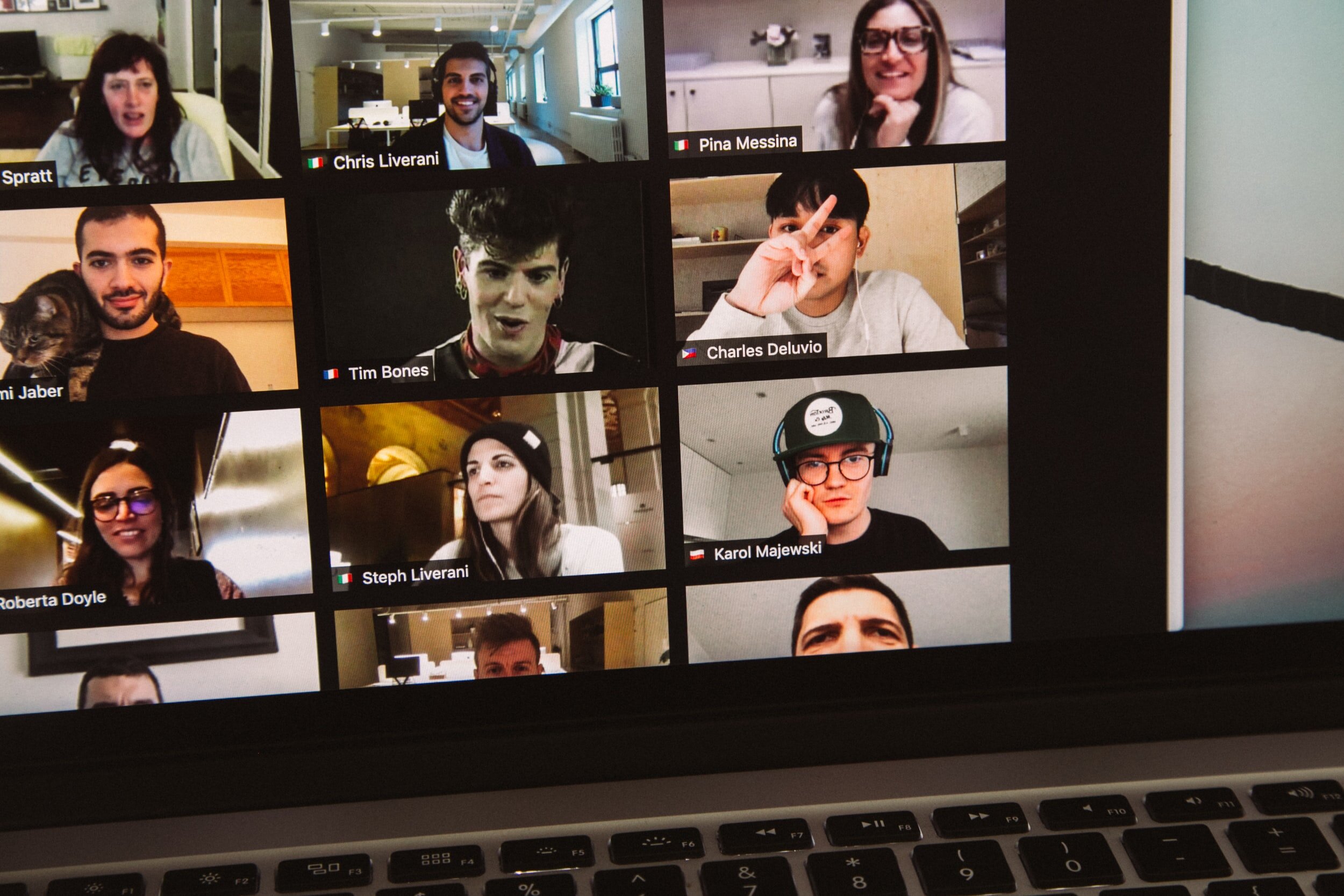People spend an average of one third of their lives at work. Whether you are working in person or remotely, time spent devoted to your profession is a significant chunk of your daily life.
Incorporating mindfulness into your workday allows this practice to become a more meaningful piece of your day and helps boost work satisfaction. Your company may provide opportunities for mindfulness at work which is wonderful. If they don’t or if you’re looking for more, we’re sharing ways to practice mindfulness during the work day.
Benefits of Mindfulness in the Workplace
It’s no secret that the last year has taken a toll on people’s mental health worldwide. With COVID and remote work, 75% of people feel more socially isolated, 67% of people report higher stress, 57% are feeling greater anxiety, and 53% say they feel more emotionally exhausted, Trello reports. Investing in workplace wellness programs can decrease burnout, and boost productivity.
Practicing mindfulness can have countless benefits for your mental, emotional, and physical wellbeing and it directly translates to the professional world – Wellbeing and workplace performance are not mutually exclusive. There are actual cognitive improvements that mindfulness practitioners experience that result in enhanced work performance. Research found that after learning mindfulness, 74% of participants experienced increased attentiveness and patience with others, 88% reported greater capacity to effectively navigate organizational relationships, and 90% felt increased openness to new ideas and input from others. Mindfulness, whether it be meditation, breathing exercises, journaling, or a number of other practices, also helps sharpen focus and awareness.
More and more research is showing that mindfulness in the workplace is a critical part of a productive and positive team. Especially when practiced in a group format, a meditation practice can help employees feel greater cohesion.
Liberate offers corporate team programs available specifically designed to help a team feel more connected to themselves and each other. A study done through MIT showed that social time is critical to team performance, often accounting for more than 50% of positive changes in communication patterns. The benefits of mindfulness on employees are compounded when practiced collectively.
Organizations that have implemented mindfulness programs have seen employees manage stress better, develop greater confidence, and improved health overall. Having this support come from leadership helps instill an understanding that wellbeing is important within the company. According to David Gelles in his book Mindful Work, insurance company Aetna saw healthcare costs for employees drop by 7% and productivity gains grow about $3000 per employee after implementing a mindfulness program. Research is showing more and more that taking a team-wide approach to mindfulness helps a company’s morale, efficiency, and bottom line. The far-reaching potential benefits of workplace mindfulness make it a no-brainer for company leaders and employees who want to see personal, physical, and financial gains.
One of the earliest mindfulness group programs was Mindfulness Based Stress Reduction, or MBSR, founded by Jon Kabat-Zinn. This eight-week structure was one of the first of its kind to establish the idea that a mindfulness practice is not only beneficial in the workplace, but essential. Stress was the cause of many barriers to optimal work efficiency and productivity, and Kabat-Zinn found that through this training, employees developed the skills that helped lower stress levels and improve focus.
How to Be More Mindful at Work
Whether or not your company has a formal mindfulness program, there are numerous ways you can incorporate these practices.
1) The foundation of mindfulness is to focus on the present moment. Throughout the day, notice your breath. Breathing is something we do so automatically, but can you bring intentional awareness to it? You may want to set alarms periodically throughout the day – at least once, or you can strive for the top of each hour – to remind you to pay attention to your breathing.
2) Along those same lines of using your breath to focus your attention, get into the habit of taking three deep breaths in between meetings or tasks. Taking three deep breaths is an essential component of the Liberate Method, and something you can easily incorporate into your workday. Between calls, before a big meeting, or as you are able to tackle a full inbox, make attentive breathing a habit and be mindful of when your breath shortens with stress.
3) Stop multitasking! I know it is tempting to try to get all the things done at one time, but multitasking is a myth. The secret to getting focused work done is to bring your attention to one thing at a time. That means no more than one task should be given your time and effort. Once that task is fully complete, move on to the next item. This may be a new way of working if you’ve gotten into a multitasking habit, but learning to work more mindfully by bringing focused attention to whatever it is you are doing will result in being able to achieve more and feeling more productive by the end of the day. Your leadership team will appreciate your attention to detail, your focus, and your elevated performance.
4) If you don’t already have a gratitude practice, I highly recommend starting one. Gratitude does not negate challenges, it helps bring light to the positives. This is especially helpful if you find yourself often getting frustrated or stressed throughout the work day. Ask yourself regularly what you feel grateful for in that moment. You may even record these thoughts in a journal or note page in your phone. If you’re interested in learning more about developing or deepening your gratitude practice, come check out a Liberate class – each Wednesday we focus on getting more grateful!
5) Bring mindfulness to work. More likely than not, your company wants to prioritize your well-being, but may not know where to start. Our corporate programs support your team with classes that offer all of the research-backed benefits of mindfulness. Send along this link to your HR department to get the ball rolling on bringing mindfulness to your workplace.
Have any of your own tips for how to bring mindfulness to the work day? We love to hear from you! Drop a comment below.





